Choosing a microphone for voice recording
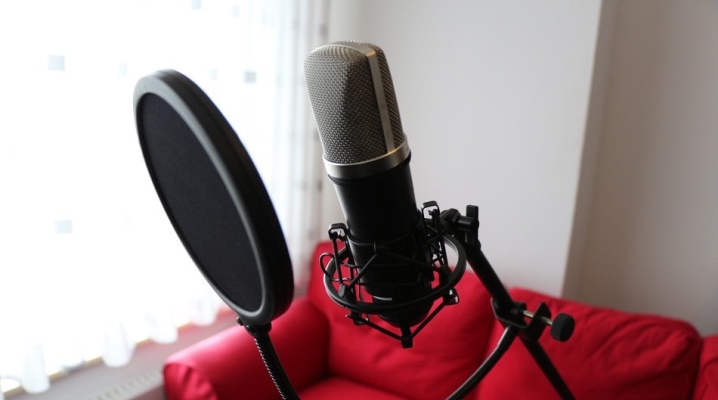
Many people think that any microphone model can be used in a variety of ways. But this is not the case, and it is important to know exactly how to choose a microphone for voice recording in a particular case.
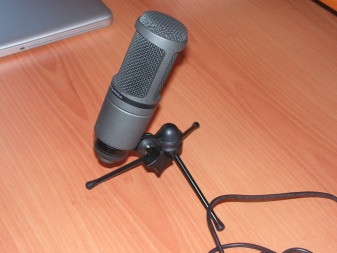
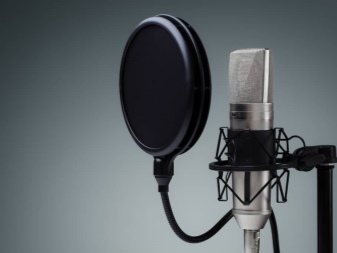
Views
According to the principle of operation, there are 2 types of devices.
Dynamic
This type of device in its content close to a dynamic speaker. Inside there is a membrane that is tightly connected to the conductor. An intense magnetic field acts on the conductor. Sound waves set in motion the membrane, and after it the conductor. As a result of its movement in a magnetic field, the induced EMF induction appears.
The conductor in dynamic type microphones can be a coil or a ribbon.

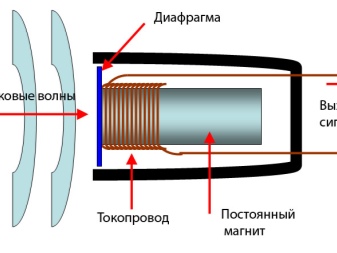
Condenser
This type of microphone for voice recording, in contrast to the dynamic version, necessarily requires phantom power. Both options can be used in home and small commercial studios for capturing vocals and general speech productions. The capacitor type is inferior to the dynamic one in the so-called overload capacity. The bottom line is that if used to pick up sounds directly from loud sources, there is a risk of damaging the microphone. In addition, dynamic devices are more durable and can last longer, even with accidental rough handling. Aspiring singers or studio staff need to know the basic properties of condenser microphones:
- extended range of processed frequencies;
- a wide variety of sizes;
- the sound at the output is more in line with the original sound;
- the need to use additional power supply;
- increased fragility;
- exceptional susceptibility to even slight moisture.
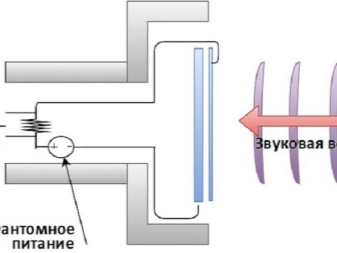
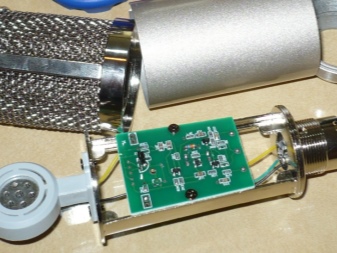
But getting sound to speakers isn't the only option. More and more often it is transferred to the computer. In both cases, more or less the same technical solutions are used.
Microphones of the USB standard have gained quite a lot of popularity, since the corresponding connectors are originally present in any modern audio equipment, not to mention the PC. Therefore, no compatibility issues arise.
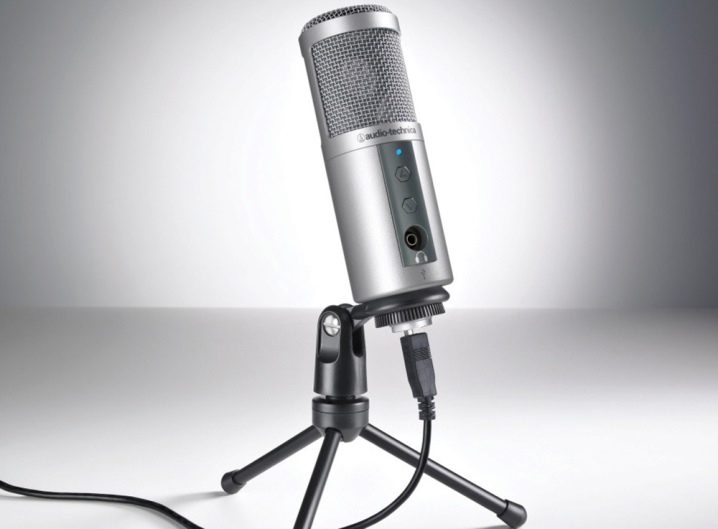
Inside, in addition to the actual microphone part, a sound card is built in. It is generally accepted that this technique is not of very high quality. But for an ordinary home studio and for minor actions in a commercial-level studio, its capabilities are enough. To compensate for the inevitable weaknesses, experts recommend not buying the cheapest USB microphones. Such devices are divided into 3 types:
- compact (it is used mainly for communication via the Internet); Performers who want maximum freedom of movement while recording or broadcasting usually purchase a wireless microphone. It is divided into 2 main parts: one transmits the signal, and the other receives it in the designated place. A built-in or external antenna is used to emit pulses.
The receiving unit can be connected to various types of concert acoustic equipment.
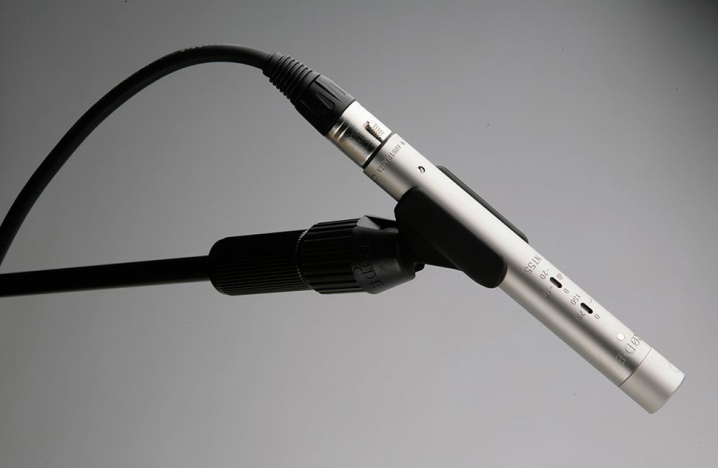
- traditional size (the same studio microphones as usual, but with the abandonment of the professional XLR connector);
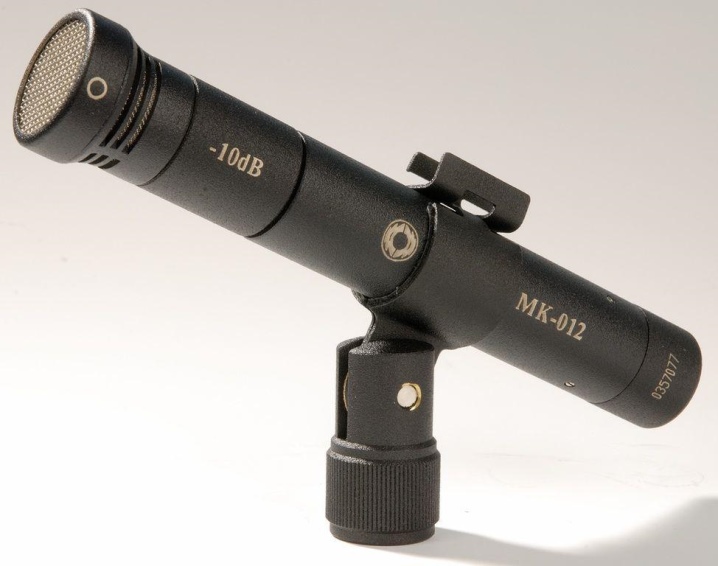
- combined technique (it has both main types of connectors).

Handheld wireless microphones are quite popular. They can be seen at many concerts of professional singers who move around the stage indefinitely.
Professionals know how to change the distance between the vocal cords and the microphone so that the sound is clear and interesting at any time. Wireless microphones are not only used in the interests of art. They are readily used both on construction sites and in other noisy places. Pulling wires at such points is inconvenient and not always possible, but it is necessary to convey information.
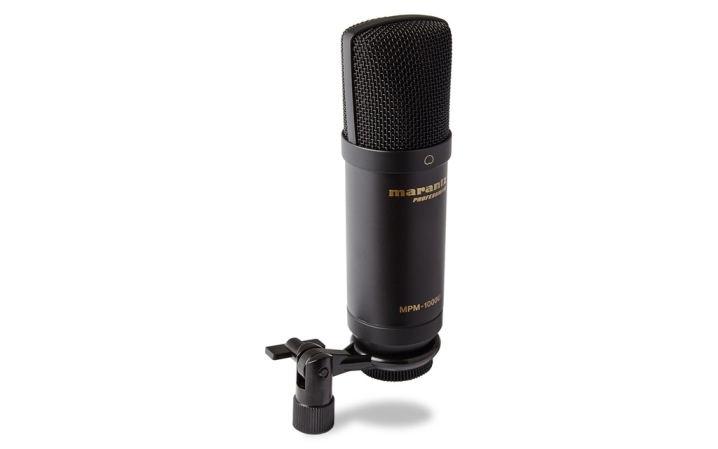
Focus
There are types of devices according to their sensitivity to sound, depending on its direction. The term "directivity" in acoustics is usually understood as the angle at which sound can come to the microphone without degrading the sound quality.
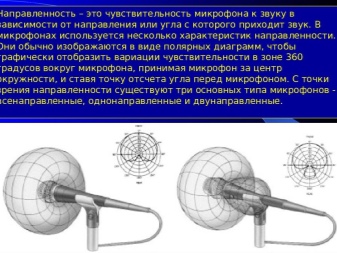
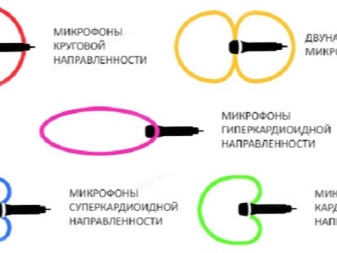
Omnidirectional
Omni-directional microphones get their name precisely because they are capable of picking up sound from everywhere. But this advantage turns into a serious disadvantage: the distance between the source and receiver of the sound should be minimal. In addition, very serious interference and hum can occur if the device is not oriented correctly. Due to their sensitivity, omnidirectional microphones are advisable to be used in rooms with good acoustics.
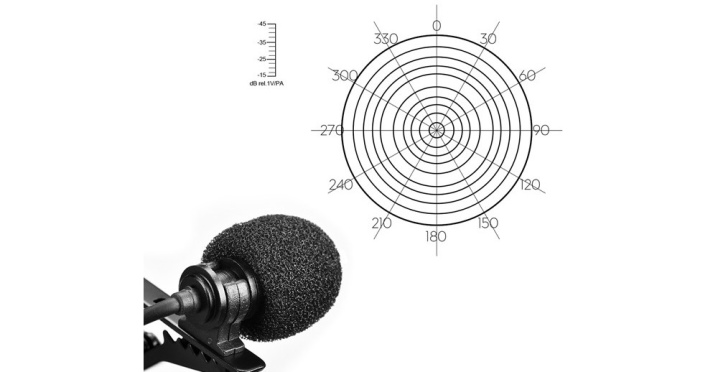
Unidirectional
They are also called "directional", and they are just synonyms. The bottom line is that their sensitivity to impulses in one direction is much higher than to acoustic vibrations coming from other directions. Experts will not fail to notice that such equipment is characterized by a cardioid sensitivity diagram. Most often, the sensitivity is highest along the microphone axis. It reaches its minimum value in the opposite section. The total angle of reception of sound waves is 130 °.
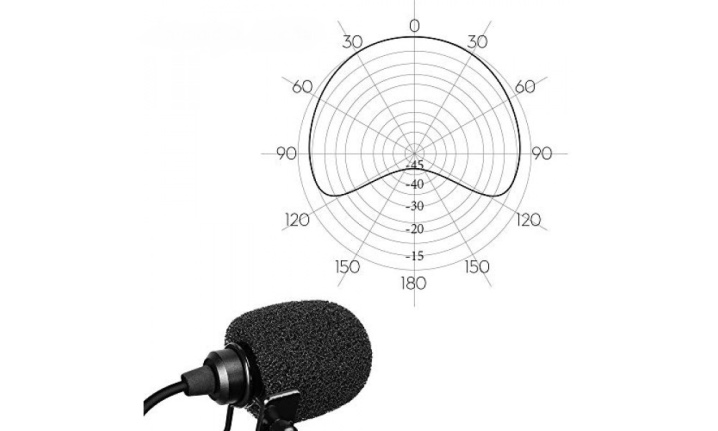
Bidirectional
This type of microphones in a professional environment has received another name "eight"... He is good at picking up sounds coming from the front and back. But he has much less sensitivity to everything that comes from the left and right. This is a great choice if you are planning to perform on stage as a duet.
Such microphones are usually used for interviews or for conversations between the presenter and 1 guest of the studio.

Top Models
Let's move on to a review of the top of the best microphones to date. Good for recording studios on a tight budget BEHRINGER C-1. It is also recommended for those who do not yet have experience in choosing acoustics at all. This capacitor model is characterized by:
- cardioid acoustic diagram;
- sound pressure level 136 dB;
- the presence of a professional XLR connector;
- nominal electrical resistance level of 100 Ohm;
- comparative lightness (0.42 kg).
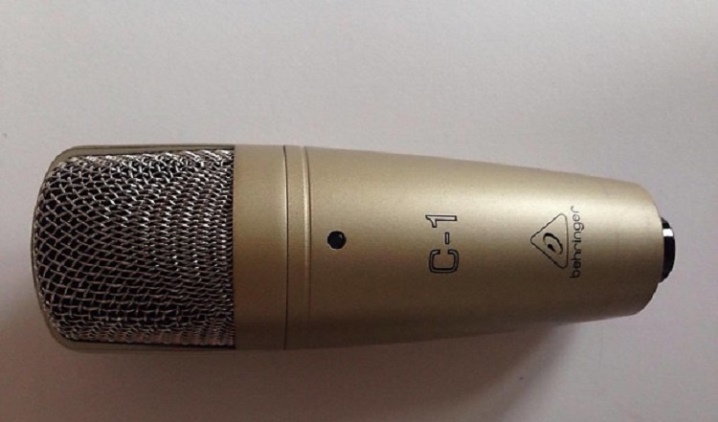
You can choose another budget option: AKG P420. It works confidently in unidirectional, bidirectional and omnidirectional modes - a true all-rounder. The range of processed frequencies is from 20 to 20 kHz. The sound pressure is higher than the previous model - 142 dB. Signal to noise ratio 79 dB. Other features:
- sensitivity 31 dB;
- nominal resistance level 200 Ohm;
- there is an anti-shock suspension included;
- phantom power;
- reliable metal case;
- weight 0.53 kg.
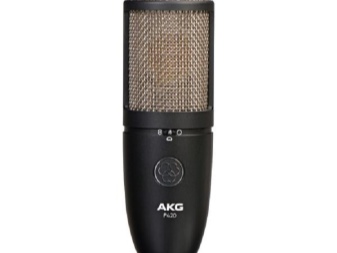
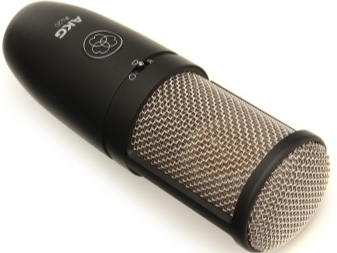
Another cheap high-quality microphone deservedly gets into the rating - we are talking about the sE Electronics X1 model.
As in the previous case, it is characterized by a cardioid orientation... By default, only the professional studio XLR connector is provided. The device weighs 0.46 kg. It is made of solid metal.
The product has a bass cut function... There is a possibility of regulation by 10, 20 and 0 dB. In terms of design, there are no problems either. But the assortment of the most interesting devices, of course, is not limited to this model.

For karaoke it is recommended to use SHURE SM58 SE. This microphone is used extensively for other live performances. It is also worth emphasizing that the model has been produced for several decades, and this alone characterizes its merits.The unidirectional dynamic microphone has a sensitivity of 55 dB and a nominal impedance of up to 150 ohms. The mass of the device is 0.298 kg.
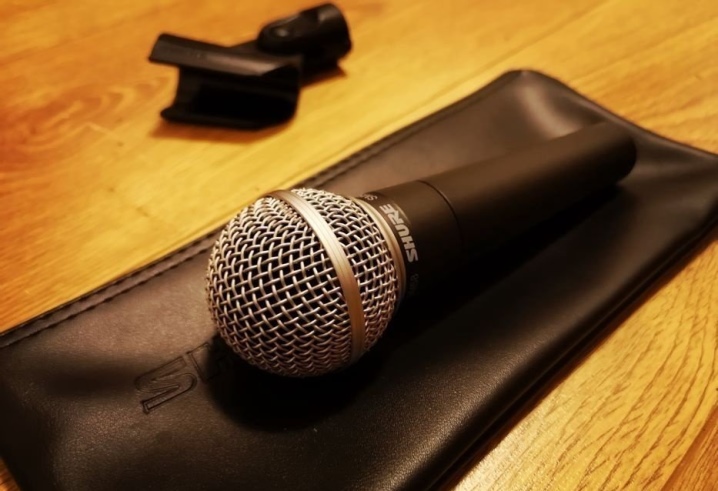
Quite a few people choose small lavalier microphones to keep their hands free. A good choice could be Boya BY-GM10. This model is recommended for connecting to a GoPro. The system works great when connected to action cameras. The capacitor device covers the frequency range from 35 to 20,000 Hz.
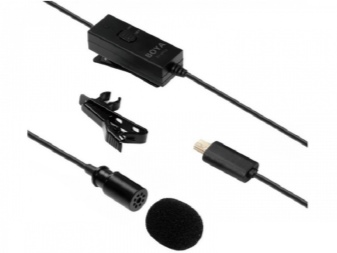
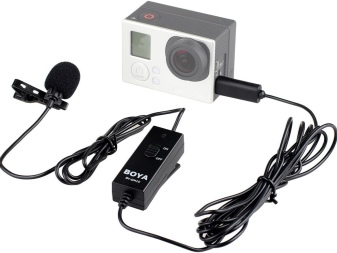
For vocals, you can use Sennheiser ME 4-N. The universal plug makes it possible to connect to any existing equipment. Experts recommend pairing this microphone with Evolution equipment. Then the best result can be obtained. Working range from 60 to 18000 Hz.

How to choose?
Some people need to choose microphones for sounding audiobooks and podcasts. In this case, the most transparent and clear sound is very important. The excessive emphasis on sibilant and sibilant phonemes, which is typical for cheap low-quality versions, is unacceptable. To make the right choice it is important to heed the advice of professionals.
Beginner readers and reciters should limit themselves to the simplest option (USB microphone).
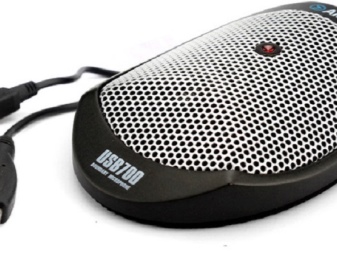
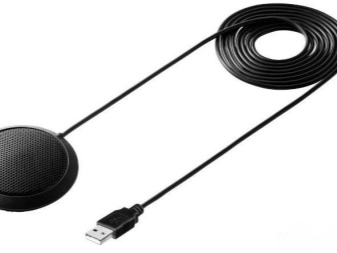
The built-in sound card is easily detected by any debugged computer, therefore it will be possible to avoid a lot of problems with additional settings and with overcoming software glitches. Models of this kind now exist in a huge number, and it will not be difficult to choose the right one. As for the manufacturers of built-in sound cards, preference should be given to:
- PreSonus;
- Roland;
- Focusrite.
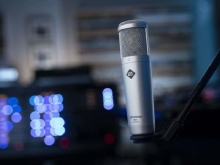

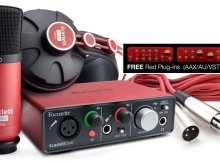
For karaoke music, you can choose the simplest microphone. But simple in this case does not mean primitive, quite the opposite. It is worth asking what are the main technical characteristics, and whether compatibility with the speaker system used is ensured. For outdoor performances, unlike indoor concerts and studio recordings, protection from wind and rain is very important. The external performance of such models is always more or less the same.
Concert activities are very responsible. And it should always be possible to easily replace a faulty or unsuitable microphone. This is achieved only through deep unification. There are wired and wireless solutions, handheld devices and clothespins. The last option is recommended for comedians, lecturers and other people who do not sing, but speak.
When you plan to organize a conference, a dispute or something similar, use microphones on a stand.
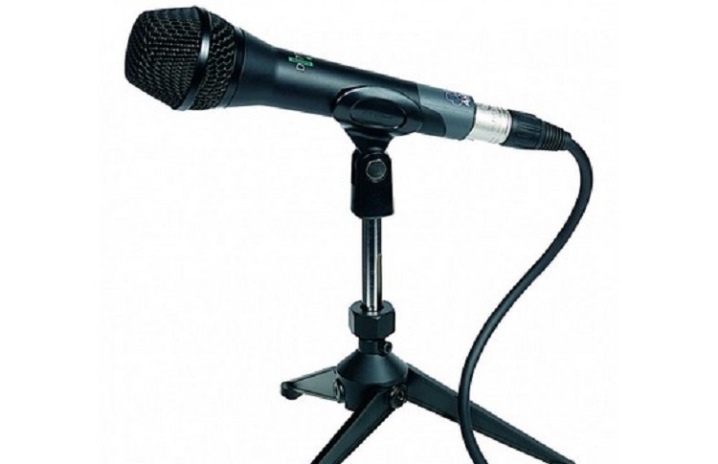
These "cymbals" are very reliable, but cannot boast an impressive timbre. Yes, they have a different task: to accurately and clearly translate the words of the speakers, not to distort, sometimes working for several hours without a break. You can put such equipment on any table.
For serious recording purposes, of course, you should use a professional studio grade microphone. The quality of the sound fixation will be the highest, and the sensitivity will also be at a very decent level. Such a recorder is suitable not only for storing various rap tracks. It is also well used for fixing works with a higher content, sophisticated melodies. Similar devices will work for regular home studios as well, because for them, the quality of the recording is no less important than for professional organizations.
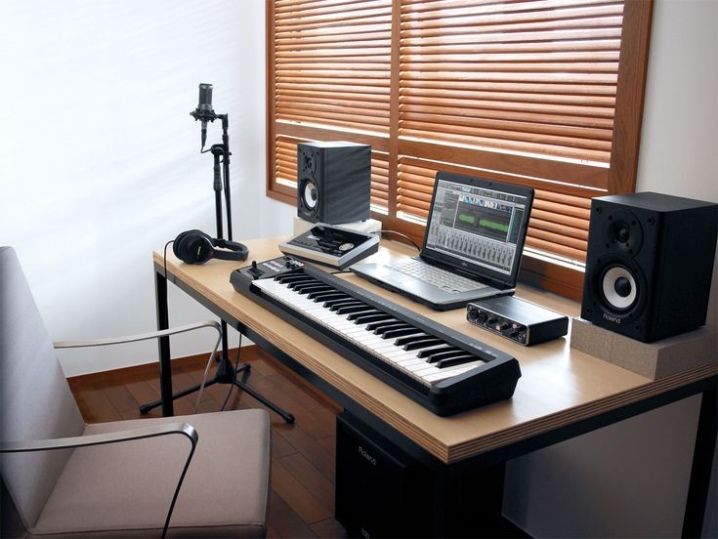
Regardless of the application, when choosing a microphone it is worth considering the specifics of sound propagation in the room... For stage performances, a unidirectional device is the optimal choice. It will transmit only the voice of the soloist himself, the sound of applause and individual shouts from the audience will not be mixed. But for a big concert, as well as for rehearsals, an omnidirectional microphone is better suited... It is also used when it is necessary to record noises in a room or on the street, to recreate a sound picture in a certain place.
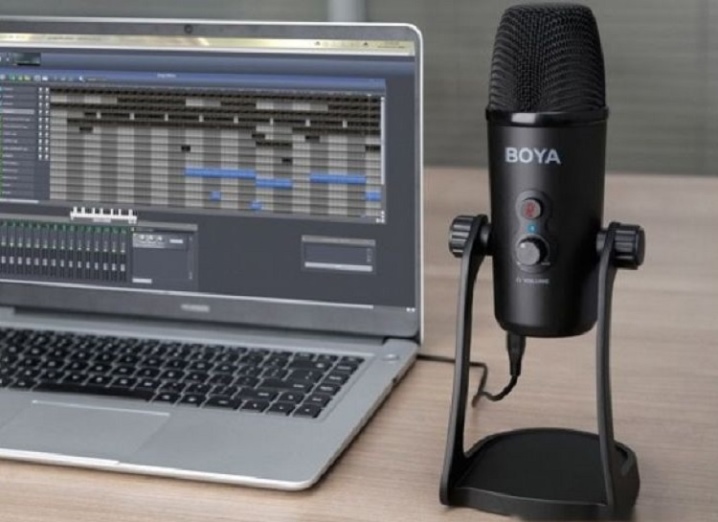
Frequency response needs to be adjusted not according to standards or instructions, but strictly individually. The voice of each person is better or worse transmitted precisely depending on this parameter. If the tone is shifted up, it is undesirable to purchase a device where it rises additionally.
Soft baritone is better matched by a microphone with maximum bass response. The more sensitive the device, the better, and its own noise level should be minimal.
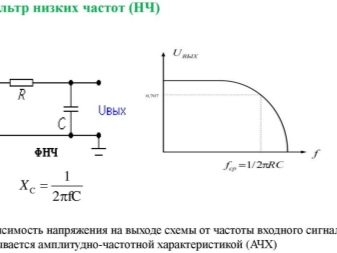

Attention: in addition to the microphone, the final result is also very actively influenced by:
- sound card;
- remote controller;
- mixer;
- compressor;
- preamplifier;
- professionalism of working with recording.
See below for how to choose a microphone for voice recording.













The comment was sent successfully.